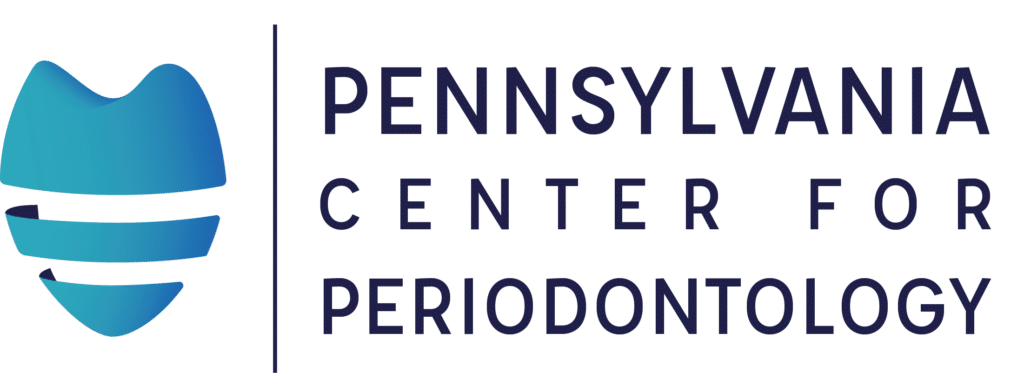If you or someone you know has gum disease, you might be seeking information about treatment options. Two of the most common procedures to professionally treat periodontal disease are scaling & root planing and a laser surgery called LANAP. While both SRP and LANAP are professional treatments for periodontal disease, they are offered to patients for different reasons.
Mainly, SRP is a non-surgical treatment for the early stages of gum disease while LANAP is meant to treat a more advanced disease that has caused more damage to your gum tissue and bone around your teeth. To understand more, let’s discuss a bit about each procedure.
What is SRP?
Scaling and Root Planing (SRP) is a non-surgical gum treatment for periodontal disease. SRP is a deep cleaning that not only cleans your teeth above the gums but also below the gums where gum disease is present. This procedure is typically the first treatment for gum disease because it helps to non-surgically remove hard calculus and soft plaque, which is loaded with harmful bacteria called p. gingivalis, the main source of your active gum infection.
Although regular cleanings provide preventive care, for those who have been diagnosed with active disease in gums, regular cleanings are not enough to treat their disease. SRP is different than regular cleanings because it cleans under the gums in deep pockets where most harmful bacteria and deposits exist. SRP is typically done in two visits using topical or local anesthesia to ensure that patients are comfortable the entire time.
For patients with early gum disease, SRP may be the only treatment needed to heal their gums. Even if patients need to have periodontal surgery because of more advanced disease, SRP is sometimes done prior to surgery to reduce the active infection before the gum surgery is performed.
What is LANAP Protocol?
The LANAP protocol is a surgical treatment for periodontal disease that uses laser treatment. This unique method is the only laser gum disease treatment that can re-grow the tissue and bone that was destroyed due to gum disease. This procedure uses a laser fiber that is the width of three human hairs to target diseases within the periodontal pocket without altering healthy tissue.
Generally, LANAP is recommended for patients who present with moderate to advanced periodontitis with areas of tissue and bone loss due to the disease. The purpose of LANAP is not only to disinfect the pockets but also help to regenerate tissue and bone. Compared to traditional osseous surgery, patients say the LANAP protocol is much more comfortable because it offers less discomfort and little downtime because it can be done without incisions and needs no stitches.
SRP vs LANAP
| SRP | LANAP |
| Type of Treatment: Non-surgical | Type of Treatment: Surgical Procedure |
| Cost: Lower/ Often Covered by Insurance | Cost: Higher |
| Recovery: Virtually No Downtime | Recovery: 2-3 days of Discomfort |
| Ideal Patient: Early-Moderate Disease | Ideal Patient: Moderate-Advanced Disease |
Which Procedure is Best?
While LANAP is a high-tech and highly effective treatment for gum disease, not every patient’s level of the disease requires surgical treatment. For example, if you have early gum disease, SRP may be the only treatment that you need to get back to a healthier mouth. But if you have bone or tissue loss because of a more serious infection, LANAP is most likely the choice for you.
Other considerations such as medical history and insurance coverage are also a consideration to you and should be discussed with your periodontist at the time of your consultation.
Contact us today to learn more.

